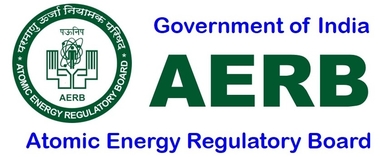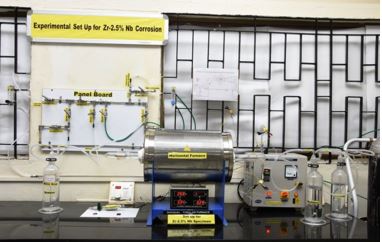Environment and Fuel Cycle Chemistry studies
The primary objective of the environment and fuel chemistry studies is to carry out the chemistry related R&D activities to support the safety objectives of AERB pertaining to the nuclear reactor, fuel cycle processes, environment etc.
Atmospheric Dispersion Modeling
- Atmospheric dispersion pertaining to complex terrain and also site consisting multiple units / facilities.
- Deployment of highly conservative models such as Gaussian Plume Models to advanced dispersion models are employed for the purpose.
- Numerical Weather Prediction mathematical models for weather forecasting and the developed meteorological parameters as vital inputs for running dispersion models.
- Boundary layer measurements and theoretical study of processes occurring in the PBL over homogenous, heterogeneous and complex hilly terrain.

Environmental Impact Assessment (EIA) and Emergency planning
Development of man-rem reduction and waste minimization methodologies
Chemical reactivity evaluation and control
Corrosion studies pertaining to Zr - 2.5% Nb
Electrochemical applications in nuclear fuel cycle operations
Iodine Chemistry related safety studies
Theoretical Studies on waste matrix integrity








